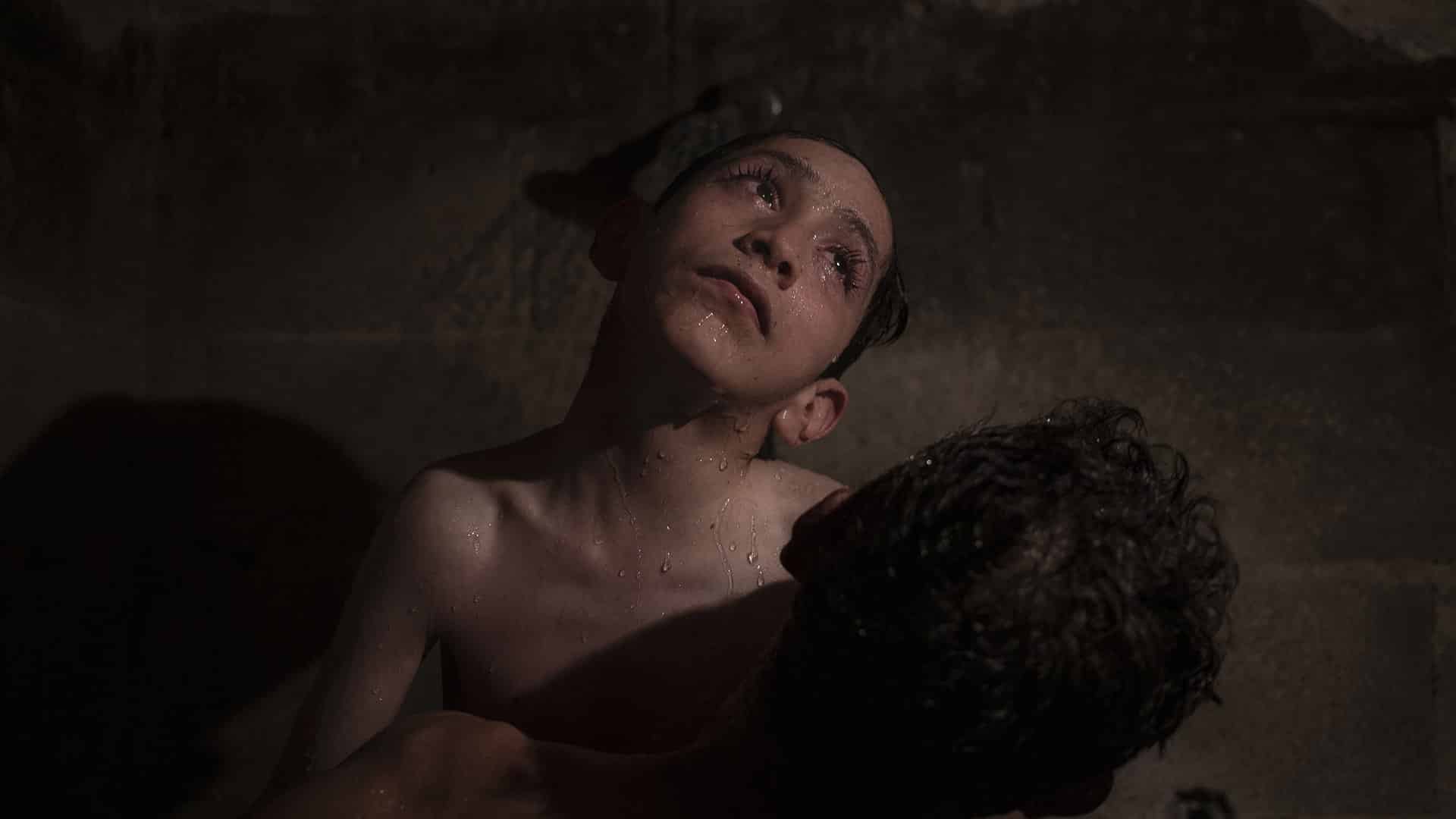The Award is being shared among five photographers covering stories from around the world. Each winner will receive $10,000 to be used to continue their individual projects on a range of subjects.

You’re getting blind.
Don’t miss the best of visual arts. Subscribe for $9 per month or $108 $90 per year.
Already suscribed ?


